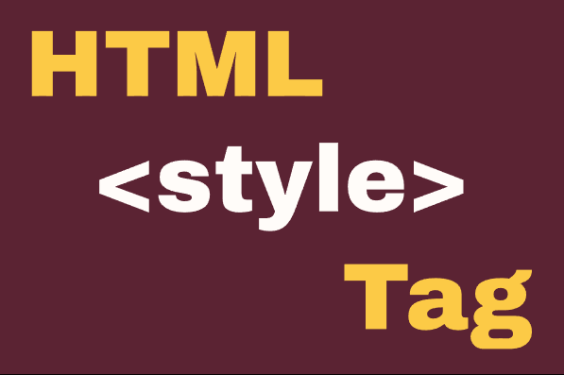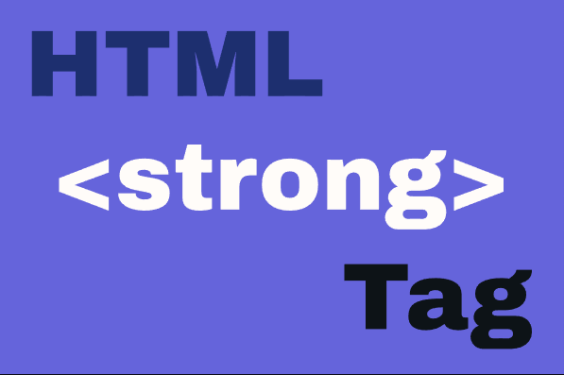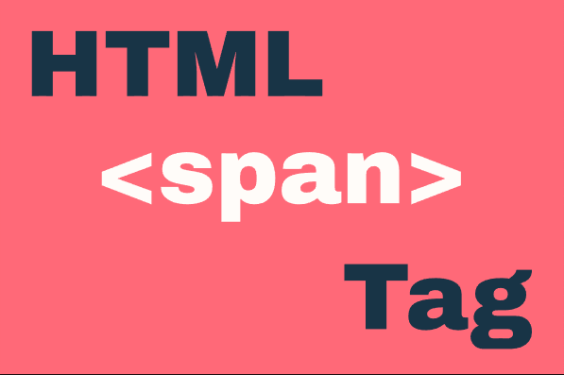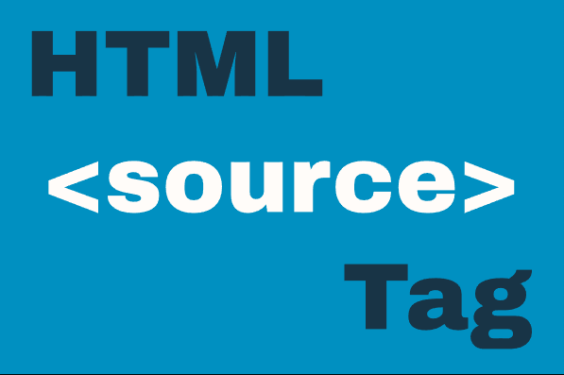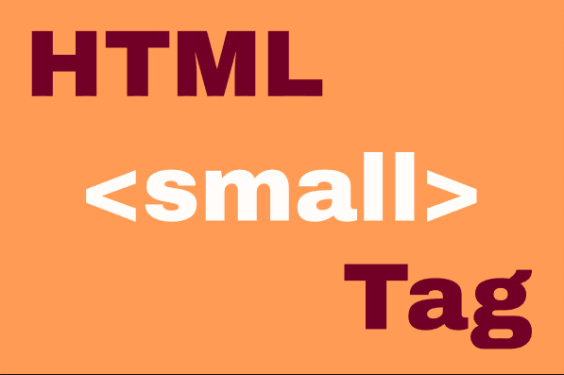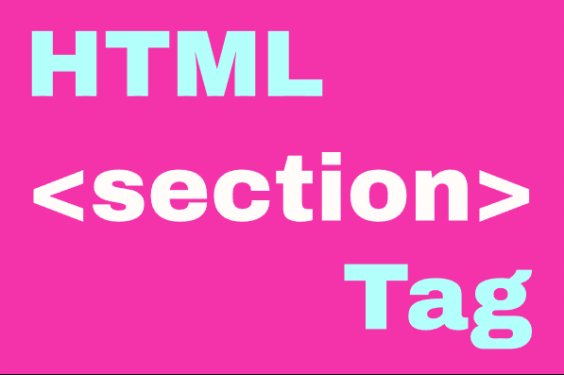HTML <script> Element
Publish in HTML Tutorial el 25/05/2025 16:02
The <script> HTML element is used to embed or reference executable code, typically JavaScript, within an HTML document. This powerful element allows you to add interactivity, manipulate the DOM, handle events, and communicate with servers.
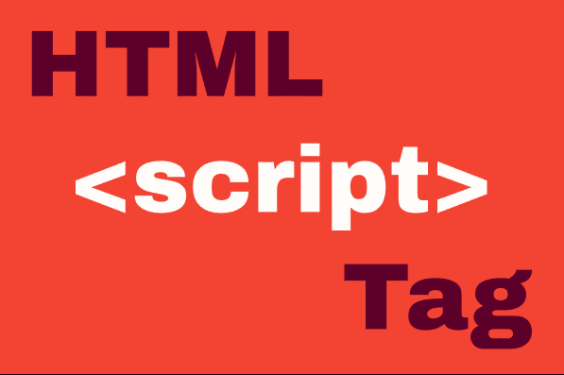
Key characteristics of the <script> element:
- Can contain JavaScript code directly or reference an external file via the
srcattribute - Executes in order of appearance (unless using
asyncordefer) - Blocks HTML parsing by default while executing
- Can be placed in <head> or <body>, though modern practices often recommend before </body>
Basic Syntax
Here's the basic structure of a script element:
Or for external scripts:
Examples
1. Basic Inline Script
This example shows a simple inline script that displays an alert when the page loads:
2. External Script
This example demonstrates loading JavaScript from an external file. The external script contains a function that changes the button's text when clicked.
3. Script with async Attribute
The async attribute allows the script to download in parallel with HTML parsing and execute as soon as it's available, without blocking.
4. DOM Manipulation
This example shows how scripts can manipulate the DOM after the page loads:
5. Event Handling
This example demonstrates handling a button click event with JavaScript:
Tips and Best Practices
- Place scripts before </body>: This ensures the DOM is fully loaded before scripts execute.
- Use external files: For better maintainability and caching benefits.
- Consider async/defer: Use
asyncfor independent scripts,deferfor scripts that depend on the DOM. - Minify production code: Reduce file size for better performance.
- Use strict mode: Add
'use strict';at the beginning of your scripts to catch common coding mistakes. - Module scripts: For modern applications, consider using
<script type="module">for ES6 module support.
Common Attributes
| Attribute | Description |
|---|---|
src |
Specifies the URL of an external script file |
async |
Downloads script in parallel and executes as soon as available |
defer |
Downloads in parallel but executes after HTML parsing is complete |
type |
Specifies the script type (e.g., "text/javascript", "module") |
crossorigin |
Configures CORS requests for scripts |
